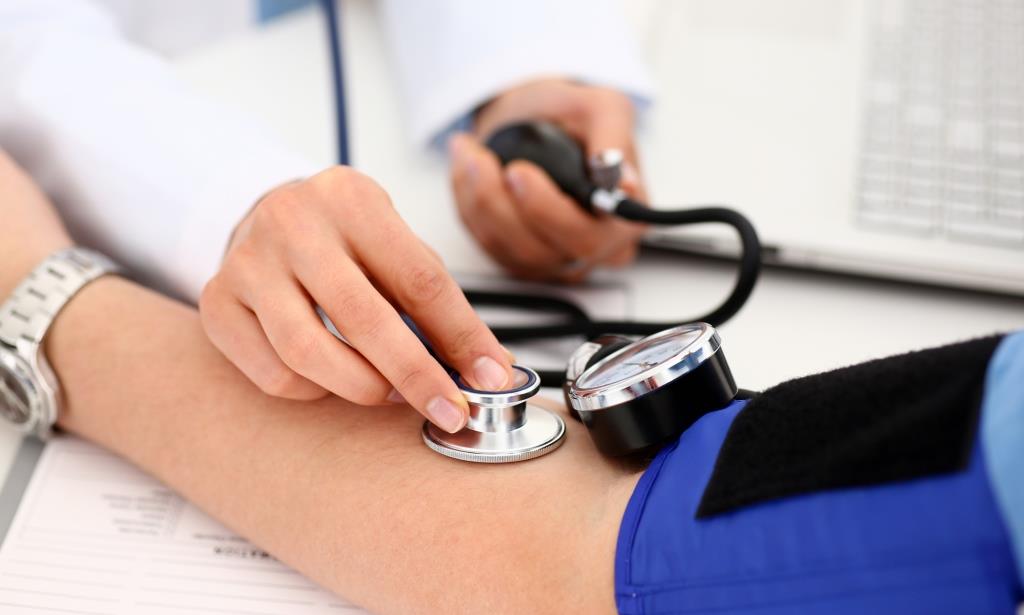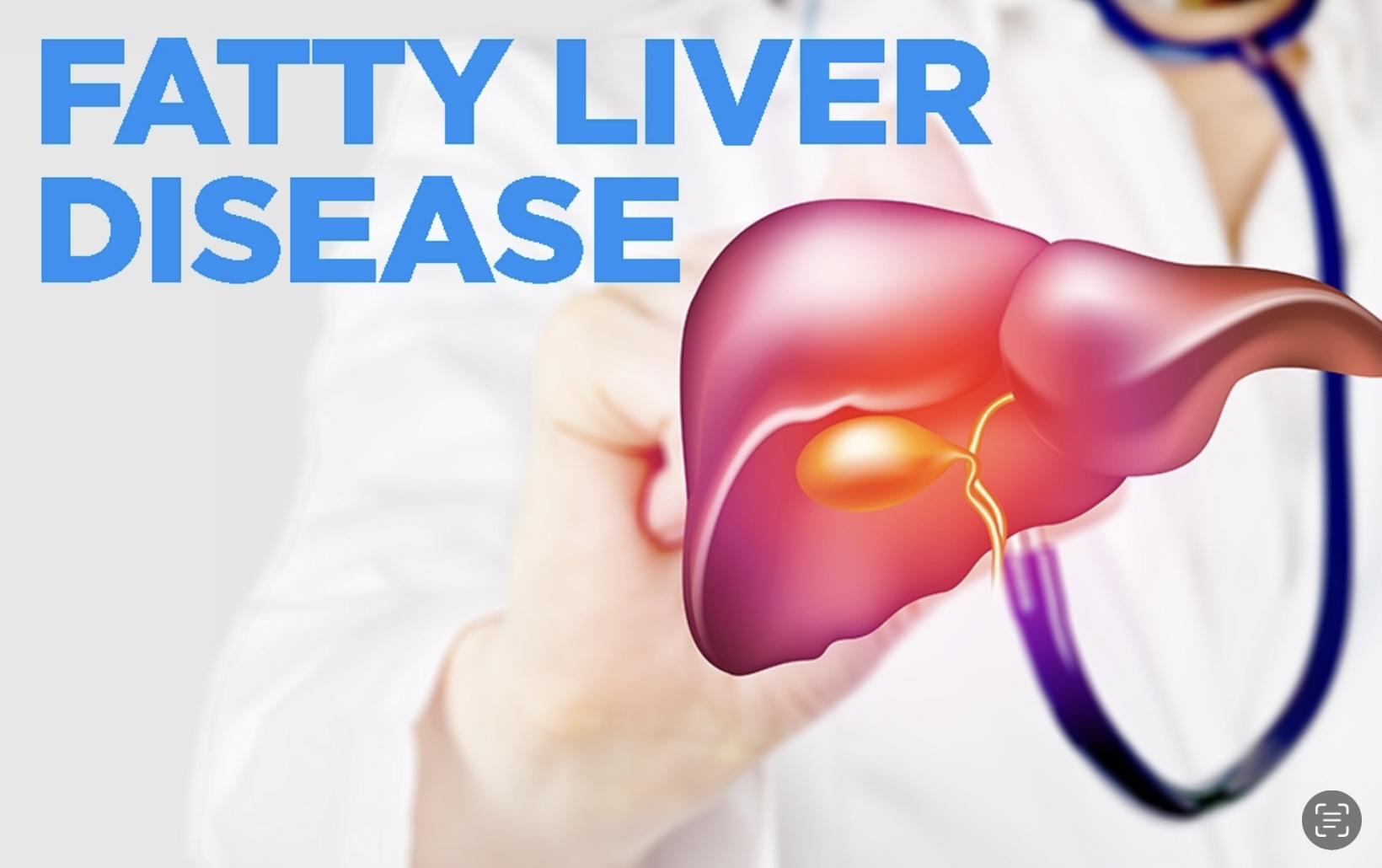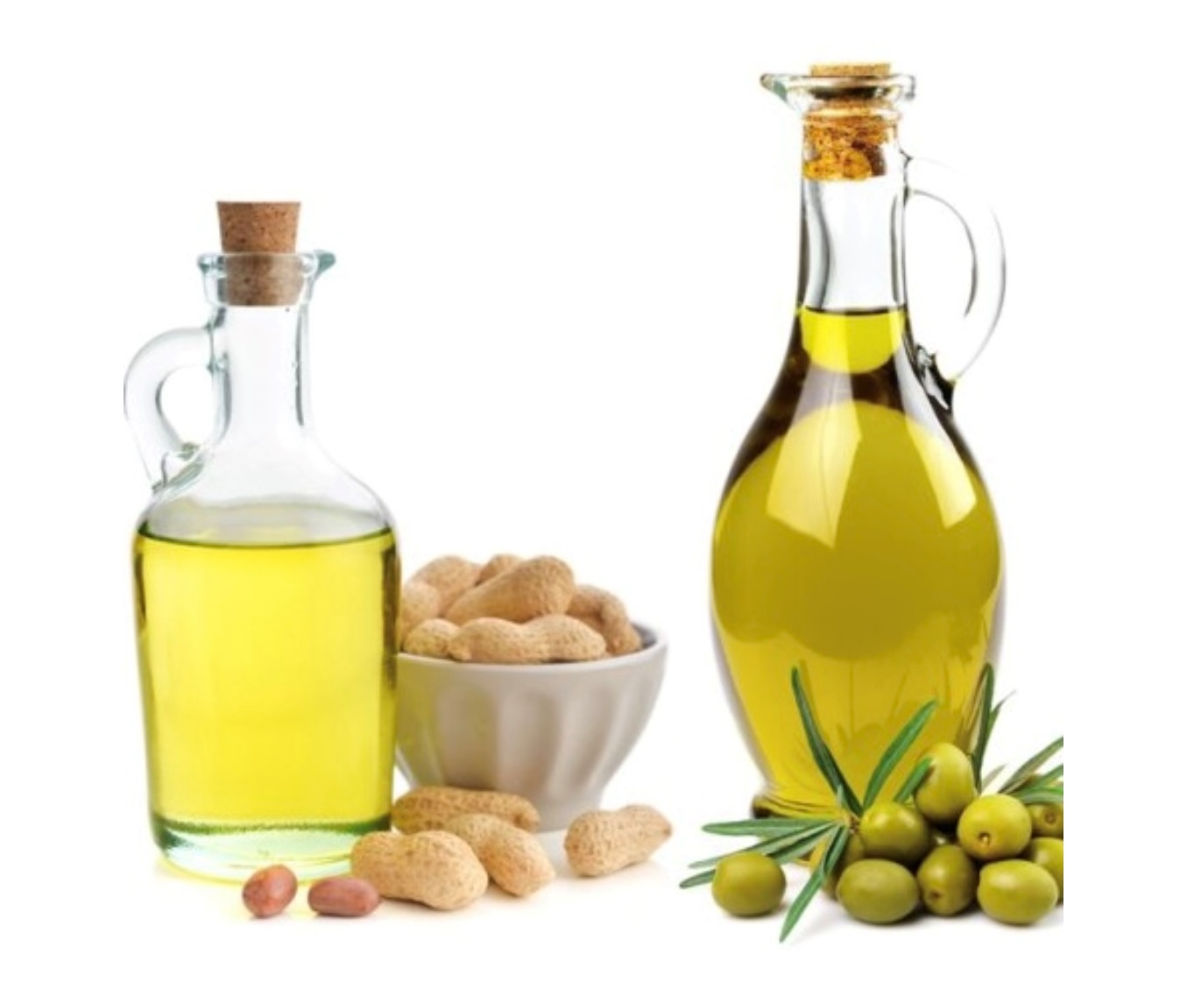Basic Information About Blood Pressure And Hypertension!
Today many people are aware that diabetes is a grave illness.
And they take the threat of the disease seriously.
But more people have hypertension than diabetes and few people are aware that hypertension is as grave a disease as diabetes.
A comprehensive survey reported an overall hypertension prevalence of 30.7%, with higher rates observed in men across various age groups in India, where as the prevalence of Type 2 diabetes in 2021 was estimated to be 11.4% and the prevalence of people with pre diabetes was estimated to be 15.3%.
Hypertension is directly responsible for approximately 57% of all stroke deaths and 24% of all coronary heart disease deaths in India.
In 2015, hypertension led to an estimated 16,00,000 deaths in India while In 2019 the estimated deaths due to diabetes were 2,80,000.
This will give you an idea of how much higher the prevalence of hypertension is over Type 2 diabetes in India and how many more deaths occur in India due to hypertension than due to diabetes, even if prevalence of both diseases and the deaths they cause is still very high in India.
And a person with hypertension may not have any symptoms.
So many people may not even know that they have the disease.
So it is vital that you get a blood pressure check regularly, more so if you have family history of hypertension, heart disease and strokes.
And it is equally vital that you don’t ignore it, if you have it.
***
So What Is Hypertension?
Arterial blood pressure is measured as mm of Hg or mercury.
It has a higher level or the systolic blood pressure and a lower level or the diastolic blood pressure.
Systole is the phase of the heart beat in which the ventricles, the lower two chambers of the heart contract, the left ventricle sending blood out to the whole body and right ventricle to the lungs.
Diastole is that phase of the heart beat in which the ventricles relax after the contraction, receiving blood from the atria which are the two chambers above the ventricles.
The blood flowing through the arteries exerts certain pressure on the walls of the arteries when it flows through them, both when the ventricles contract, that is the systole and when they relax, the diastole.
The pressure when the ventricles contract is the systolic blood pressure and the pressure when they relax, is the diastolic blood pressure.
Hypertension or high blood pressure is a condition in which the blood pressures in the arteries are persistently higher than normal.
***
Normal levels of blood pressure and raised levels of blood pressure:
As per the American College Of Cardiology and the American Heart Association, the normal ranges and the raised levels of the blood pressure are as follows:
Normal blood pressure is 120 by 80 mm of Hg, or below.
Elevated blood pressure: Blood pressure ranging between systolic pressure 121 to 129 and diastolic pressure 80 or less mm of Hg, is elevated blood pressure.
Stage I hypertension: Systolic blood pressure between 131 to 139 and the diastolic between 80 to 89 mm of Hg.
Stage II hypertension: Systolic blood pressure between 140 or higher and the diastolic 90 or more, mm of Hg.
***
Types Of Hypertension:
Primary Or Essential Hypertension:
A complex combination of genes and environmental factors, excess salt consumption, Western kind of high fat – high calorie, high animal food diet deficient in complex carbohydrates, green vegetables and fruits, lack of exercise, abdominal obesity, stress, aging are some of the factors which can contribute to the development of hypertension.
In this type of hypertension, the major contributor to hypertension is the increased peripheral resistance to blood flow through arteries.
Secondary Hypertension:
Secondary hypertension is the hypertension which has an underlying disease as the cause of hypertension.
Kidney disease, renal artery stenosis (narrowing) are the most common causes underlying this kind of hypertension, endocrinal disorders like Cushing’s Syndrome, hyperthyroidism, hypothyroidism, certain pituitary disorders and a pituitary tumour called pheochromocytoma can also cause hypertension.
***
Signs And Symptoms Of Hypertension:
Hypertension usually causes few symptoms. That is why it is called a silent killer.
Some people may complain of headaches, especially at the back of the head, vertigo, tinnitus and fainting. But anxiety and stress can also cause these symptoms.
That is why hypertension is often detected in general medical check up or sometimes when people go for blood donation.
***
Effects Of Hypertension:
Prolonged hypertension causes inflammation in the endothelium, the inner lining, of the arterial walls damaging the arteries including those of various organs of the body.
This can lead to hardening and thickening of the arterial walls and narrowing of their lumen. This is called atherosclerosis.
Atherosclerosis causes loss of elasticity in the arterial walls causing an increase in the peripheral resistance to the blood flow and it also leads to heart attacks and strokes.
Raised blood pressure causes greater resistance to the flow of the blood through the arteries and forces the heart to pump harder to circulate blood through our body, causing hypertrophy (thickening) of the heart muscle. The thickened heart muscle struggles to pump blood efficiently and eventually fails to do so, causing heart failure.
It can also lead to weakening and bulging of the arteries. This is called aneurism and such aneurisms can rupture and cause heavy internal bleeding causing grave complications, including strokes.
Thickening and narrowing and aneurysms of the arteries in kidneys or eyes can damage these organs and can lead to renal failure and loss of vision.
Hypertension also contributes to development of the metabolic syndrome that leads to development of diabetes, heart attacks and strokes.
It can also cause circulatory problems and strokes in the brain.
It can a lead to impairment of memory and understanding and development of vascular dementia, a general name given to a condition that causes decline of cognitive abilities of thinking, remembering and reasoning in a person leading to inability to perform daily activities.
Hypertension is a major cause of premature death all over the world.
***
Prevention Of Hypertension:
Hypertension is best prevented than treated.
Maintain ideal body weight.
Keep your salt consumption low, eat less than one teaspoon or 5 gm table salt a day.
Keep your animal food consumption low, eat more of complex carbohydrates, vegetables, fruits and low fat milk.
Have at least five helpings of vegetables and fruits every day.
Have regular cardiovascular exercise like brisk walking, jogging, running, cycling, swimming, aerobics.
Keep stress low.
Limit alcohol consumption.
Stop smoking.
***
Treatment Of Hypertension:
Your doctor may advise lifestyle modification, healthy diet, low salt consumption, regular cardiovascular activity, weight loss, quitting alcohol and smoking and reduction in stress.
Doctors treat hypertension with a variety of anti hypertensive drugs including diuretics, calcium channel blockers, angiotensin converting enzyme inhibitors (ACE inhibitors), angiotensin receptor blockers (ARBs) and beta blockers.
Previously beta blockers were thought to be effective as the first line treatment for hypertension, but the Cochrane Review, an independent, high quality review system of research in health care, has found that beta blockers were less effective in preventing heart disease than were the other anti hypertensive drugs.
According to a study published in 2003, 5 mm Hg drop in blood pressure reduces the risk of stroke by 34%, ischaemic heart disease by 21% and lowers the threat of dementia, heart failure and mortality due to heart disease.
Previous thinking about normal blood pressure levels was that older people, in their sixties and older could have higher normal levels blood pressure than the younger people, is no more considered acceptable.
Everyone should have blood pressures levels of 120 by 80 m.m. of Hg or lower, to be protected against heart disease and strokes and damage to the kidneys and eyes.
If your blood pressure levels are higher than 120 by 80 m.m., seek medical advice immediately, irrespective of your age.
And focus on getting your blood pressure down to the normal level, as early as possible!
Irrespective of your age!
Also read the articles ‘Preventing Hypertension’ and ‘Health Problems Of The Young: Hypertension’ on this website.
***
ब्लड प्रेशर आणि हायपरटेन्शन विषयी थोडेसे!
आज बहुतेक लोक डायबीटिस ह्या आजाराच्या धोक्यांबद्दल बऱ्यापैकी जागरूक होऊ लागले आहेत.
आणि चाळीशीच्या जवळ आलेले अनेक तरुण डायबीटिस होण्याच्या भीतीने वजन कमी करून त्यांच्या ब्लड शुगर्स कंट्रोल करून घेण्यासाठी माझ्याकडे येत आहेत.
पण डायबीटिस इतकाच धोकादायक आणि डायबीटिस पेक्षा खूप अधिक प्रचलित असलेल्या हाय ब्लड प्रेशर किंवा हायपरटेन्शन ह्या आजाराविषयी विषयी मात्र अजूनही पुरेशी जागरूकता आहे असे जाणवत नाही.
कारण केवळ हायपरटेन्शन असण्याच्या किंवा होण्याच्या भीतीने डायबीटिसच्या मानाने कमी तरुण माझ्याकडे वजन कमी करायला येत आहेत.
पण डायबीटिस पेक्षा खूप अधिक लोकांना हायपरटेन्शन किंवा हाय ब्लड प्रेशर आहे.
एका मोठ्या रिसर्च मध्ये भारतातील 30.7 % लोकांना हायपरटेन्शन असलेले आढळून आले आहे, आणि पुरुषांमध्ये हे प्रमाण ह्या ही पेक्षा अधिक असल्याचे दिसून आले आहे, तर 2021 मधील एका रिसर्च मध्ये भारतातील डायबीटिस चे प्रमाण 11.4 % तर प्री डायबीटिस चे प्रमाण 15.3 % असल्याचे दिसून आले आहे.
भारतात स्ट्रोक्स मुळे होणाऱ्या मृत्यूंपैकी 57 % तर हार्ट अटॅक मुळे होणाऱ्या मृत्यूंपैकी 24 % मृत्यू हे हायपरटेन्शन मुळे होत आहेत.
आपल्या देशात 2015 मध्ये हायपरटेन्शन मुळे 16,00,000 तर 2019 मध्ये डायबीटिस मुळे 2,80,000 मृत्यू झाल्याचा अंदाज आहे.
ह्याचाच अर्थ आपल्या देशात हायपरटेन्शन मुळे मृत्यू पावणाऱ्या लोकांचे प्रमाण डायबीटिस मुळे होणाऱ्या मृत्यूंपेक्षा खूप अधिक आहेत.
तरी ही लोकांना हायपरटेन्शन च्या धोक्याची पुरेशी जाणीव नसावी असे वाटते.
आणि हायपरटेन्शन ही डायबीटिस इतकाच गंभीर आजार आहे.
पण हायपरटेन्शन असलेल्या बहुतेक लोकांना तो किती गंभीर आजार आहे ह्याची पूर्ण कल्पना आहे असे जाणवत तरी नाही.
आणि हायपरटेन्शन हे बऱ्याच वेळा एसिम्पटमॅटिक असते, म्हणजे त्याची फारशी काही लक्षणे ही नसतात.
त्यामुळे अनेकांना आपले ब्लड प्रेशर वाढलेले आहे हे कळतच नाही.
म्हणूनच हल्लीच्या तणावपूर्ण काळात प्रत्येकाने वर्षातून एकदा तरी आपले ब्लड प्रेशर डॉक्टरां कडून तपासून घ्यावे.
आणि जर हायपरटेन्शन, हृदयरोग, स्ट्रोक्स ह्यांची फॅमिली हिस्टरी असेल तर ब्लड प्रेशर दर सहा महिन्यांनी चेक करून घ्यावे.
आणि जर हायपरटेन्शन असेल तर त्याच्याकडे अजिबातच दुर्लक्ष करू नका.
***
तर काय आहे हे हायपरटेन्शन?
ब्लड प्रेशर हे mm of Hg ह्या युनिट मध्ये मोजले जाते.
ब्लड प्रेशर च्या दोन लेव्हल्स असतात, वरचे सिस्टॉलिक ब्लड प्रेशर आणि खालचे डायस्टॉलिक ब्लड प्रेशर.
सिस्टली ही हार्ट बीट मधील हृदयाच्या व्हेन्ट्रिकल्स ह्या खालच्या चेंबर्स च्या कॉनट्रॅक्ट होण्याची तर डायास्टली ही व्हेन्ट्रिकल्स च्या रिलॅक्स होण्याची फेज असते.
सिस्टली मध्ये हृदयाची डावी व्हेन्ट्रिकल सर्व शरीरात ऑक्सिजनेटेड, शुद्ध रक्त पाठवते तर उजवी व्हेन्ट्रिकल फुप्फुसांकडे डीऑक्सिजनेटेड रक्त ऑक्सिजनेशन साठी पाठवते, तर डायास्टली मध्ये दोन्ही व्हेन्ट्रिकल्स ह्या ॲट्रिया ह्या हृदयाच्या वरच्या चेंबर्स कडून रक्त स्वीकारतात.
शरीराच्या आर्टरिज मधून वाहताना हे रक्त हार्ट बीट च्या सिस्टली आणि डायास्टली ह्या दोन्ही फेजेस मध्ये हृदयाच्या आर्टरिजच्या वॉल्स वर विशिष्ट प्रेशर टाकत असते.
तर हार्ट बीट च्या सिस्टलीच्या फेज मध्ये टाकले गेलेले ब्लड प्रेशर सिस्टॉलिक तर डायास्टली च्या फेज मध्ये टाकले गेलेले ब्लड प्रेशर हे डायस्टॉलिक ब्लड प्रेशर असते.
हायपरटेन्शन किंवा हाय ब्लड प्रेशर म्हणजे आर्टरिज मधील ही ब्लड प्रेशर्स सातत्याने नॉर्मल पेक्षा हाय असणे.
अमेरिकन कॉलेज ऑफ कार्डिऑलजी आणि अमेरिकन हार्ट असोसिएशन ह्यांच्या रेकमेंडेशन प्रमाणे
नॉर्मल ब्लड प्रेशर लेव्हल्स: 120 बाय 80 mm of Hg.
वाढलेले (एलिव्हेटेड) ब्लड प्रेशर: सिस्टॉलिक ब्लड प्रेशर 120 ते 129 आणि डायस्टॉलिक ब्लड प्रेशर 80 किंवा कमी mm of Hg.
स्टेज I हायपरटेन्शन: सिस्टॉलिक ब्लड प्रेशर 131 ते 139 आणि डायस्टॉलिक ब्लड प्रेशर 80 ते 89 mm of Hg.
स्टेज II हायपरटेन्शन: सिस्टॉलिक ब्लड प्रेशर 140 किंवा अधिक आणि डायस्टॉलिक ब्लड प्रेशर 90 किंवा अधिक mm of Hg.
***
हायपरटेन्शन चे प्रकार:
प्रायमेरी किंवा असेंशल हायपरटेन्शन:
जीन्स आणि एनव्हायरनमेंट ह्यांचे कॉम्प्लेक्स कॉम्बिनेशन, अन्नात मीठाचा अतिरेक, पाश्चिमात्य प्रकारचा हाय फॅट, हाय ॲनिमल फूड (मांसाहार), हाय कॅलरी, कॉम्प्लेक्स कार्बोहायड्रेट, फळे आणि भाज्या ह्यांचा अभाव असलेला आहार, व्यायामाचा अभाव, ॲब्डॉमिनल ओबेसिटी (पोटात अधिक चरबी असणे), स्ट्रेस (तणाव), वाढते वय ही प्रायमरी किंवा असेंशल हायपरटेन्शन निर्माण होण्याची कारणे आहेत.
प्रायमेरी हायपरटेन्शन मध्ये ब्लड प्रेशर वाढण्याचे प्रमुख कारण रक्त प्रवाहाला आर्टरीज मध्ये वाढलेला पेरिफेरल रेझिस्टन्स हे असते.
सेकन्डरी हायपरटेन्शनः
ह्या प्रकारच्या हायपरटेन्शन मध्ये इतर ऑरगन्स च्या आजारामुळे ब्लड प्रेशर वाढते.
किडनी चे आजार, रीनल आर्टरी स्टिनोसिस ही सर्वात कॉमन कारणे असतात. इतर कारणांमध्ये कुशिंग्स सिन्ड्रोम, हायपरथायरॉईडिझम, हायपोथायरॉईडिझम, काही पिच्युअटरी ग्लॅन्डचे आजार आणि फियोक्रोमोसायटोमा हा पिच्युअटरी ट्युमर ह्या आजारांमध्ये असे हायपरटेन्शन येऊ शकते.
***
हायपरटेन्शन ची लक्षणेः
वर सांगितल्या प्रमाणे हायपरटेन्शन बहुतेक वेळा एसिम्पटमॅटिक असते, म्हणजे त्याची फारशी लक्षणे जाणवतच नाहीत आणि त्यामुळे ते बऱ्याच वेळा वेळेत डायग्नोस होतंच नाही, म्हणूनच त्याला सायलेंट किलर म्हणतात.
काही लोकांना डोके दुखणे, विशेषतः डोक्याच्या मागील भागात, चक्कर येणे, फेंटीग अटॅक्स, कानात रिंगिंग आवाज येणे (टिनिटस) अशी लक्षणे जाणवू शकतात, पण ती डिप्रेशन मुळे ही असू शकतात.
म्हणूनच हायपरटेन्शन हे इतर काही कारणांसाठी मेडिकल चेकअप करताना किंवा ब्लड डोनेशन करायला गेल्यावर केल्या गेलेल्या ब्लड प्रेशर चेक मध्ये सापडते.
***
हायपरटेन्शनचे दुष्परिणाम:
प्रदीर्घ हायपरटेन्शन मुळे शरीराच्या आर्टरीज च्या एन्डोथेलियम म्हणजे अगदी आतल्या लायनिंग मध्ये इनफ्लमेशन (एक प्रकारचा दाह) निर्माण होऊन आर्टरीजच्या वॉल्स ची जाडी वाढते आणि त्यात कडकपणा येतो आणि आर्टरीज ची लवचिकता कमी होते. ह्यालाच अथेरोस्केरॉसिस म्हणतात.
ह्या मुळे रक्त प्रवाहा वरील पेरिफेरल प्रेशर वाढते आणि त्यामुळे ब्लड प्रेशर वाढते आणि त्या मुळे हृदयाला शरीरभर रक्त पुरवठा करण्यासाठी अधिक जोरात पंपिंग करावे लागते, त्या मुळे कार्डिॲक मसल ची हायपरट्रफी होते म्हणजे हृदयाच्या स्नायू ची जाडी वाढते. असे हृदय शरीरातून रक्त वाहते ठेवण्या साठी झगडू लागते आणि अखेर तसे करण्यात अपयशी होऊ लागते. ह्यालाच हार्ट फेलयर असे म्हटले जाते.
अशा अथेरोस्केरॉसिस मुळे एन्डोथेलियम डॅमेज झाल्याने आर्टरीज मध्ये ब्लड क्लॉट्स आणि प्लाक्स निर्माण होऊ शकतात आणि रक्त प्रवाहाला अडथळा निर्माण होतो आणि हार्ट अटॅक्स किंवा स्ट्रोक्स येऊ शकतात, तसेच इतर ऑर्गन्स ही डॅमेज होऊ शकतात.
ह्यात किडनी आणि डोळ्यांच्या आर्टरीज ही डॅमेज होतात.
कालांतराने ह्यातून रीनल फेलयर होऊ शकते आणि दृष्टी ही गमवावी लागू शकते.
हायपरटेन्शन मुळे मेंदू मधील आर्टरीज डॅमेज झाल्याने तर्कशुद्ध विचार करण्याची (रिझनिंग) आणि लक्षात ठेवण्याची क्षमता (मेमरी) नष्ट होऊ लागते. हळू हळू अशा व्यक्तीस दात घासणे, स्नान करणे, कपडे घालणे अशी दैनंदिन कार्य करणे सुध्दा जमत नाही. ह्या आजाराला व्हॅस्क्युलर डिमेन्शिया असे म्हटले जाते.
जगभर हायपरटेन्शन हे अकाली मृत्यू (प्रीमच्युअर डेथ) च्या प्रमुख कारणांपैकी एक कारण आहे.
***
हायपरटेन्शन प्रिव्हेन्शन:
ह्या आजारात सेकन्डरी हायपरटेन्शन पेक्षा प्रायमेरी हायपरटेन्शन चे प्रमाण खूपच अधिक आहे.
आणि प्रायमेरी हायपरटेन्शन निर्माण होण्या साठी जी कारणे जबाबदार आहेत त्यांची आपल्याला माहिती आहे.
त्यातील बरीच कारणे पूर्णपणे टाळण्या सारखी आहेत.
म्हणूनच हायपरटेन्शन हा आजार होण्या आधी तो होणार नाही ह्याची काळजी घेतली, तर तो बऱ्याच अशी टाळता येण्या सारखा आजार आहे.
त्या साठी आपल्याला खालील गोष्टी करणे आवश्यक आहे.
तुमचे वजन सुयोग्य (आयडीअल) लेव्हल ला ठेवा.
तुमच्या आहारात मिठाचे प्रमाण अगदी कमी राखा. आपण खात, पीत असलेल्या प्रत्येक पदार्थात छुपे मीठ असतेच.
तुमच्या आहारात मांसाहारी पदार्थ कमी ठेवा, धान्य – कडधान्य आणि भाज्या आणि फळे ह्या कॉम्प्लेक्स कार्बोहायड्रेट्स चे प्रमाण अधिक ठेवा.
भाज्या आणि फळे ह्यांचे निदान पाच सर्विंग्ज दिवसभरात आहारात ठेवा.
जलद चालणे, जॉगिंग, स्लो रनिंग, रनिंग, एरोबिक्स, स्विमिंग आणि ट्रेडमिल, इलिप्टिकल ट्रेनर सारख्या कार्डिओव्हॅस्क्युलर इक्विपमेंट वरील पुरेसे कार्डिओव्हॅस्क्युलर व्यायाम रोज करा.
स्ट्रेस लेव्हल कमी करा. त्या साठी मेडिटेशन, योगनिद्रा उपयुक्त ठरू शकतात.
अल्कोहोल सेवनाचे प्रमाण कमी करा.
धुम्रपान, तंबाखू पूर्णपणे बंद करा.
***
हायपरटेन्शन ची ट्रीटमेंट
तुमचे डॉक्टर तुम्हाला जीवनशैली आणि आहारातील वरील बदल, आणि अल्कोहोल आणि धुम्रपान, तंबाखू बद्दल सल्ला देतीलच.
ह्या शिवाय गरज असेल त्या प्रमाणे डायुरेटीक्स, कॅल्शियम चॅनेल ब्लॉकर्स, ACE इनहिबिटर्स, AR ब्लॉकर्स (ARBs), बीटा ब्लॉकर्स सारखी ॲन्टी हायपरटेन्सिव्ह औषधे प्रिस्क्राईब करतील.
दोन हजार तीन मध्ये पब्लिश झालेल्या एका रिसर्च मध्ये केवळ 5 mm ब्लड प्रेशर कमी झाल्याने स्ट्रोक्स होण्याचा धोका 34%, तर हृदयविकाराचा (इस्कीमीक हार्ट डिझीझ) धोका 21% कमी झालेला आढळला. ह्या शिवाय व्हॅस्क्युलर डिमेन्शिया, हार्ट फेल्यर आणि हृदयविकाराने मृत्यू येण्याचा धोका ही कमी झाल्याचे आढळले आहे.
त्या मुळे लवकरात लवकर तुमचे ब्लड प्रेशर नॉर्मल करण्या वर लक्ष केंद्रित करा!















